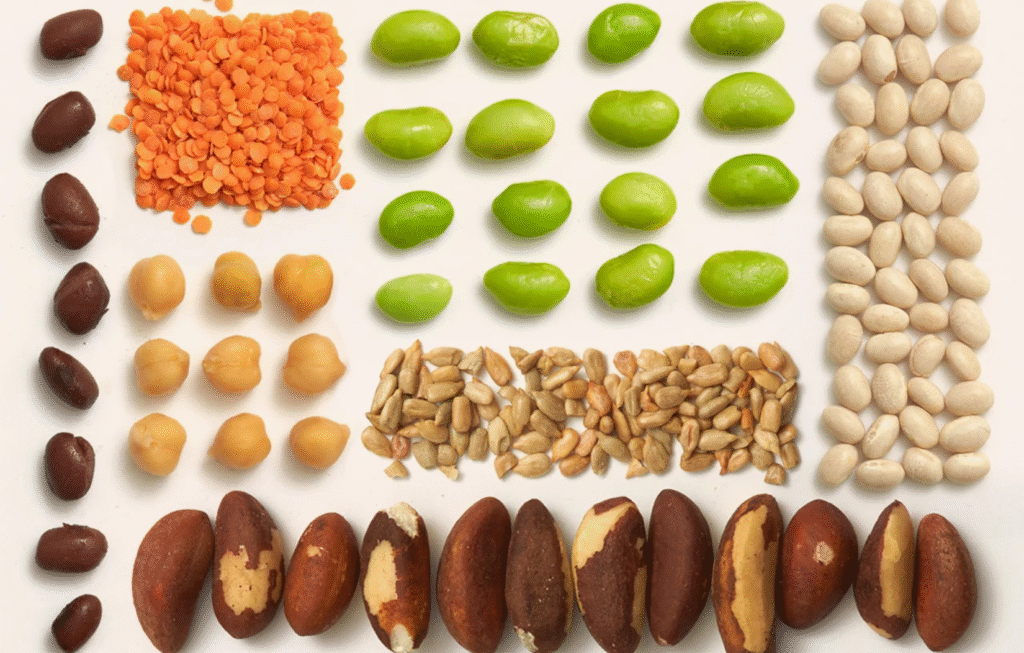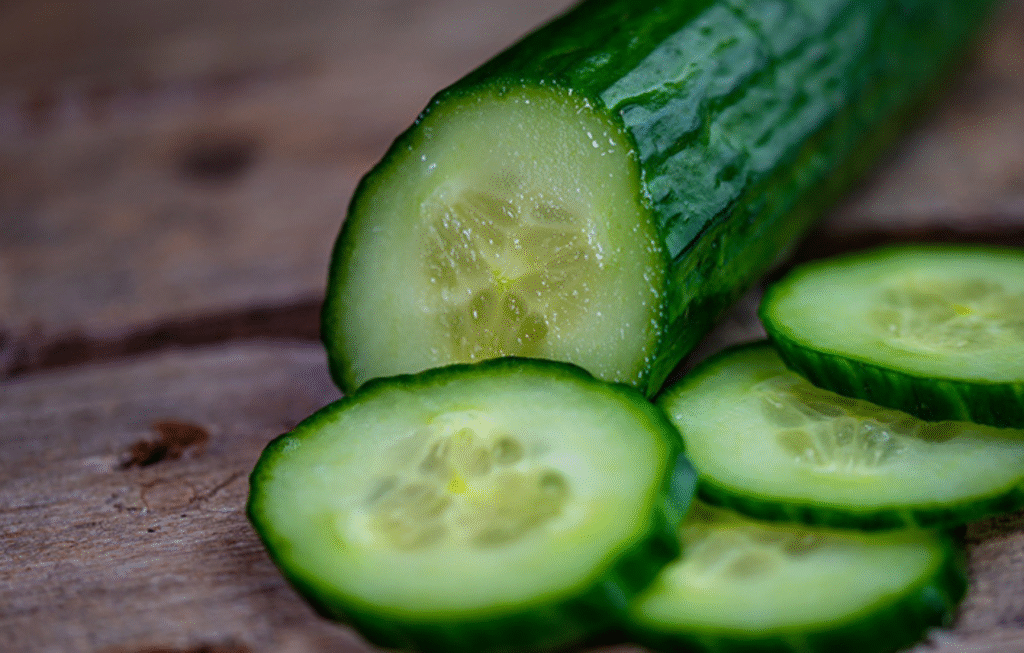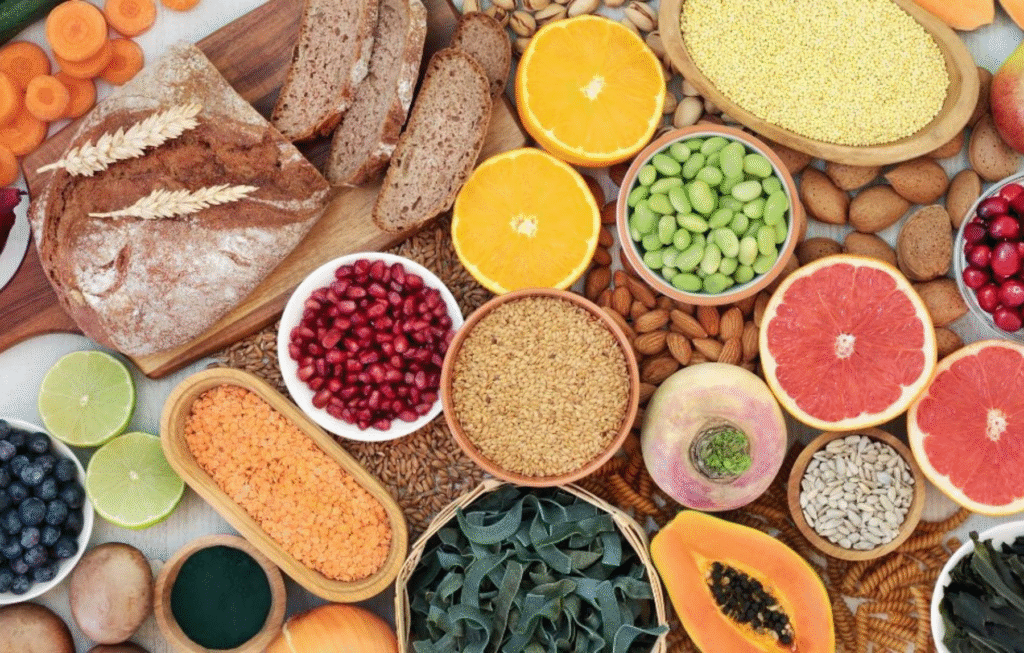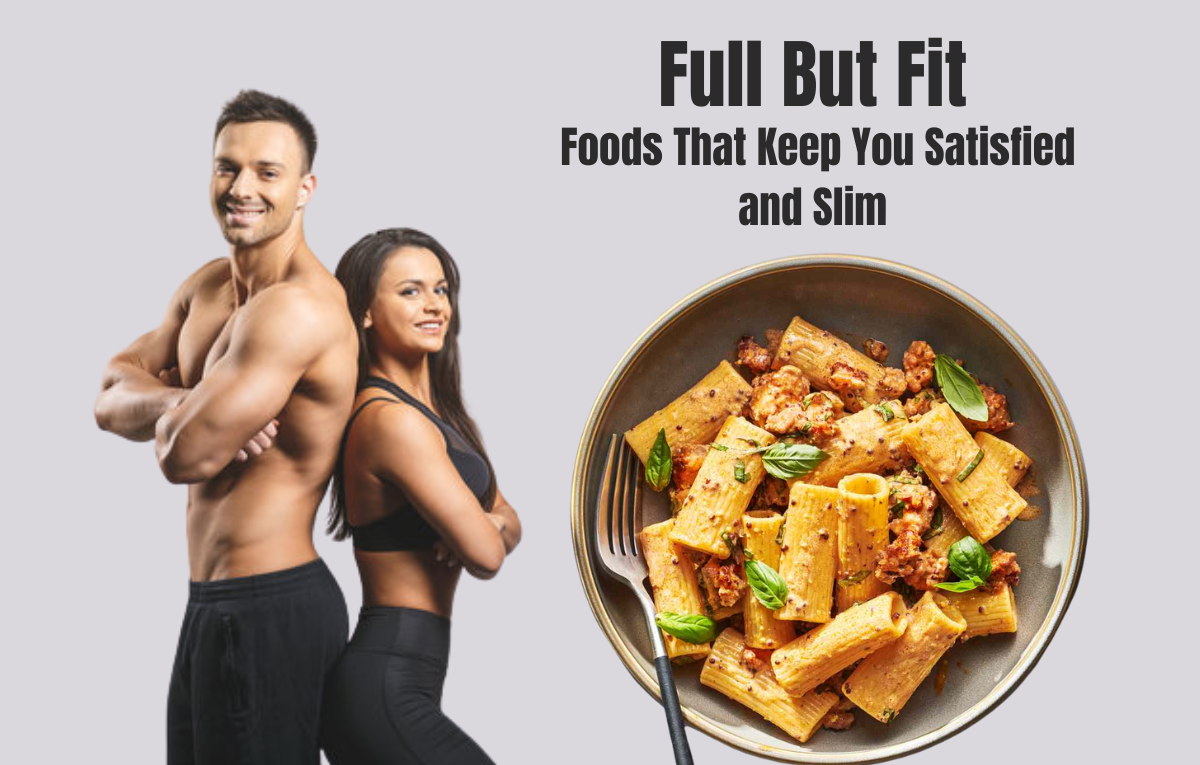Full but Fit: Food That Fills You Up and Keeps You Thin
Individuals have a tendency to food plan but quit inside some days. The largest reason for this is hunger. When you aren’t satisfied, you steal snacks, devour an excessive amount of, or give up weight-reduction plan. How do you solve this?
The smartest factor is to devour meals that fill you up, fill you up, and supply your frame what it requires. These “complete but match” meals additionally aid your metabolism and keep you from gaining weight.
Let us take a look at what you eat, how you devour them, and what to live far from so you are satisfied and your weight stays in take a look at.
How is hunger regulated? How does the body let you know it’s full?
The body uses certain hormones and systems to make you feel hungry and full.
Key Hormones:
- Ghrelin: This hormone is secreted from the stomach and makes you hungrier. When you’re ingesting, levels move down.
- GLP-1, PYY, and CCK: These are secreted within the small gut, specifically while you eat protein or fiber. These hormones decrease hunger and provide a feel of fullness.
- Leptin: This is secreted from fat cells and informs the body that power has been deposited.
- Gut bacteria also secrete materials that tell the mind that you’ve had sufficient.
How long it takes to swallow food, what texture it is, and how long it takes to digest all have an impact on how full you feel.
What foods make you feel full (but won’t make you fat)
Now discover the special foods that fill you up but don’t lead to weight gain.
1. Protein – The Most Filling

Protein foods make you feel full longer. They increase hunger-suppressing hormones.
Good protein sources:
- Chicken, fish, eggs
- Lentils, chickpeas, kidney beans
- Soy, tofu, tempeh
- Low-fat yogurt or Greek yogurt
When you consume plant protein, you also receive fiber – a two-for-one.
2. Fiber – Slows down digestion and keeps you full
Fiber continues you fuller for longer as it takes time to digest. Soluble fiber in particular creates a gel-like effect in the stomach, slowing down digestion.
Good choices of fiber-rich foods:
- Barley, oatmeal, brown rice, quinoa
- Pasta and whole-grain bread
- Green vegetables (broccoli, spinach, carrots, etc.)
- Fruits with the peels consumed (pears, apples)
- Seeds (chia seeds, flax seeds)
Fiber not only assists with satiety but also with weight loss.
3. Water-Rich Foods – Eat More, Get Fewer Calories

Water-rich foods can be eaten in great amounts with fewer calories. They fill the stomach fast.
- Vegetable soup
- Salads
- Cucumbers, tomatoes, carrots
- Watermelon, oranges, strawberries
These foods increase stomach volume, which sends a signal to the brain that “enough is enough.”
4. Healthy Fats – Eat Small, But Effectively
It takes time to digest fat and suppress hunger. However, they have high calories, so be aware of parts.
Examples of good fats:
- Almonds, walnuts, peanuts
- Avocados
- Olive oil or flaxseed oil
- Fatty fish like salmon
Consuming small amounts of fat will satiate you and suppress cravings after a meal.
5. Resistant Starches – Slow-Digesting Carbs
Certain carbohydrates are not absorbed right away and behave similar to fiber inside the intestines.
Examples:
- Cooked and cooled potatoes or rice
- Green bananas
- Lentils, chickpeas, kidney beans
- Barley and whole grains
These make you feel fuller longer the second time you get hungry.
How to make food that keeps you full longer

Plan your meals like this:
- Put half the plate full of vegetables – raw or cooked.
- Add a good quantity of protein – eggs, lentils, cottage cheese, or meat.
- Add whole grains or pulses.
- A small amount of healthy fat – such as 1 teaspoon of oil or some dried fruit.
- Take a small amount of water – but not too much with meals.
A good example:
- A big salad of green leafy vegetables.
- Grilled fish or tofu.
- Brown rice, half a cup.
- A few slices of avocado.
- Steamed vegetables.
- Vegetable soup as a side dish.
Tips:
- Enjoy your food slowly and give your brain time to know you are drunk.
- Leave a gap to consider whether you are actually hungry or eating the habit.
- Taste the food with spices, lemon, coriander, mint, etc.
- Snack foods, chips, cold beverages, and cakes – they do not make you feel full but contain many calories.
- Extremely low-fat food intake – this may cause you to feel hungrier.
- Foods with lots of sugar – they are quickly digested and make you hungrier.
- Having too much of “healthy” foods like dried fruits can make one fat.
Points to note:
- Your body responds differently to everyone – something makes you feel satisfied, and something else doesn’t.
- You can train your body to adjust by eating less frequently regularly, and you will feel hungrier—butBut be not confused by it as being fit.
- If you eat due to stress or emotional reasons, you cannot sense real hunger.
- Neither protein nor fiber will do – you have to have all in balance.
Easy Tips: To Adopt “Full But Fit”
- Include protein, fiber, and water-rich foods in every meal.
- Drink plenty of water, but not too much at mealtimes.
- Eat slowly and mindfully.
- Pack meals with vegetables and soup.
- Include small portions of healthy fats.
- Don’t eat the same thing every time – bring variety.
- Keep snacks healthy – yogurt, fruit, or lentil soup.
- Get enough sleep – poor sleep increases hunger.
- Steer clear of packaged foods – they don’t do anything to keep you hungry.
Conclusion
“Full but fit”—eating all you want and remaining fit—is not a paradox. It’s a clever plan where you eat foods that provide your body with the right cues that you’re full.
5 Pillars of This Plan:
- Good protein
- A lot of fiber and whole grains
- Low-calorie, water-rich foods
- Healthy fats, in moderation
- Slow-digesting carbs (resistant starches)
If you do those steps, it’s far possible to lose and sustain weight with out hunger and tiredness, and without extreme boundaries.
You can also give a simple 7-day meal plan or food list on the basis of this principle if you wish.
FAQs
Why are most diets unsuccessful?
Because they make you feel hungry. You can easily overindulge or quit when you are not full. Satisfying, nutrient-dense foods assist you in staying on track.
What does “full but fit” mean?
It involves consuming foods that satisfy you without leading to weight gain—maintaining your energy, health, and metabolism while avoiding hunger and overeating.
How does the body know when it’s full?
Hormones like GLP-1, PYY, and CCK signal fullness. Stomach stretch, digestion speed, and gut bacteria also help the brain decide when you’ve eaten enough.
Hi, I’m veda, a professional health content writer and passionate wellness advocate at HealthTipsIndia.com
. With years of experience in writing evidence-based, reader-friendly articles, I specialize in creating content that empowers people to live healthier, more balanced lives. Whether it’s nutrition, fitness, natural remedies, or preventive healthcare, I translate complex medical concepts into actionable tips tailored for the Indian lifestyle. My goal? To make trustworthy health information accessible to everyone—one article at a time.

